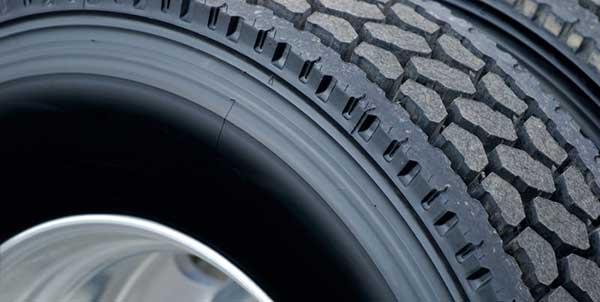The two primary reasons for keeping your vehicles properly aligned are to ensure that your tires do not develop irregular wear and to keep your drivers happy. If vehicles are doglegging to the left or right, the tires’ tread will scrub off quickly and inner or outside wear will occur. With the average price of a commercial truck tire in the $500 range—depending on make, model and tread depth—it is always important to maximize tire removal miles. Proper alignment will go a long way in keeping tires from developing irregular and uneven wear, which leads to premature tire removals.
A hidden cost of poor alignment is its impact on the driver. If the driver has to fight with the steering to maintain a straight course, he or she will become very unhappy and demand a new vehicle. With the current shortage for qualified drivers, a fleet with a reputation for poorly maintained and/or out of alignment vehicles will not retain drivers.
It costs time and money to align every tractor and trailer, so when should the fleet consider alignment? Some fleets align their vehicles based on mileage or age of the tractor/trailer. Other fleets will only align when the tires show irregular wear, and some fleets refuse to align.
One of the arguments fleet managers express for why they don’t align their tractors is because of trailers. If a perfectly aligned tractor is connected to an out-of-alignment trailer, the trailer will force the tractor out of alignment, which results in tire irregular wear and drivers having a difficult time keeping the steering straight.
A consideration for fleets that do recognize the importance of proper vehicle alignment on both the tractor and trailer is the reproducibility of alignment results. There are several alignment companies that have different procedures for determining alignment angles for thrust, toe, camber and caster. The reproducibility of alignment results within alignment companies may also be based on the skill level of the technician.
The alignment equipment requires calibration on a regular basis to ensure reproducible results. Every fleet needs to do its homework when deciding on an alignment company. Fleets should visit the various alignment shops and ask the following questions:
- What system does it use?
- How long has the technician been working at the facility?
- What is the frequency of equipment calibration?
Asking other fleets about their experiences with the alignment shop may also be helpful.
Common wear conditions
Proper tire toe will play a major role in maximizing tire removal miles. Toe-in and toe-out conditions are easy to identify with your steer tires. Full shoulder wear on steers is a result of side scrubbing and caused by improper toe condition on the steer axle, or the drive/trailer axle being misaligned.
Full shoulder wear on both steer tires is a good example of a situation in which the steer axle can be in perfect alignment but either the drive or trailer axle is misaligned. If the outside shoulders of both steer tires are worn, too much toe-in is the culprit. If the inside shoulders of both steer tires are worn, the steer axle has a toe-out condition.
Another common steer tire wear condition is feather wear, which is indicated by the ribs of the steer tires being worn high to low on each individual rib across the tread. Too much toe on the steer axle and/or drive axle misalignment is usually the cause.
When it comes to drive tires, rapid shoulder wear on only one of two duals can be attributed to negative camber. Uneven inflation pressure between the inside and outside duals will also magnify this rapid shoulder wear.
Rapid shoulder wear on both drive tire shoulders is not an alignment-related condition; it is caused by running light loads where the shoulders are not in full contact with the road surface.
An excellent source of information on the various types of irregular and uneven wear and their root causes can be found in the “Radial Tire Conditions Analysis Guide” published by the TMC of the American Trucking Associations. This manual is highly recommended for all fleet managers.














